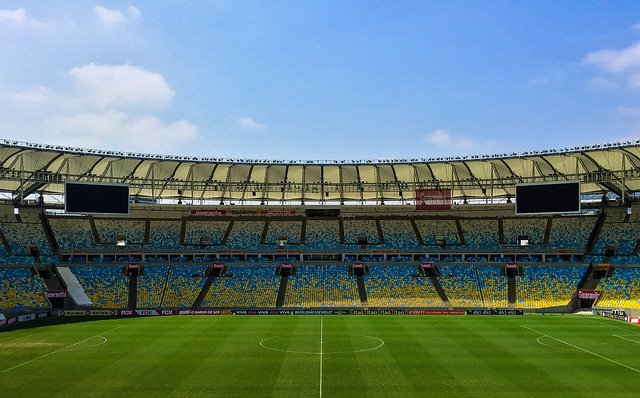Artificial lawn design has evolved from simple replication to advanced engineering, incorporating intricate fiber construction, innovative backing systems, and specialized infill materials like silica sand or crushed rubber. Key materials like polypropylene and nylon ensure durability, colorfastness, and realism, enhancing performance and turf integrity. Durable artificial grass offers low-maintenance solutions for landscapes, outdoor settings, sports fields, and playgrounds, catering to diverse needs with customizable blade heights, colors, and textures. Proper preparation, regular maintenance, and high-quality synthetic turf are essential for longevity, while case studies highlight the versatility and advantages of modern artificial lawn design in various applications.
“Unleash the beauty of lush, green landscapes year-round with durable and realistic artificial grass—a revolutionary game-changer in modern landscaping. This comprehensive guide explores the evolution and materials behind cutting-edge artificial lawn design, highlighting its diverse benefits for various applications. From creating natural aesthetics to installation tips and inspiring case studies, discover how this innovative technology transforms outdoor spaces while offering low-maintenance solutions. Unlock the secrets to a vibrant, enduring artificial lawn design.”
- Understanding Artificial Lawn Design: Evolution and Materials
- Benefits of Durable Artificial Grass for Different Applications
- Creating Realistic Artificial Lawn Aesthetics: Techniques and Trends
- Installation and Maintenance Tips for Longevity of Artificial Lawns
- Case Studies: Successful Implementation of Durable Artificial Grass
Understanding Artificial Lawn Design: Evolution and Materials
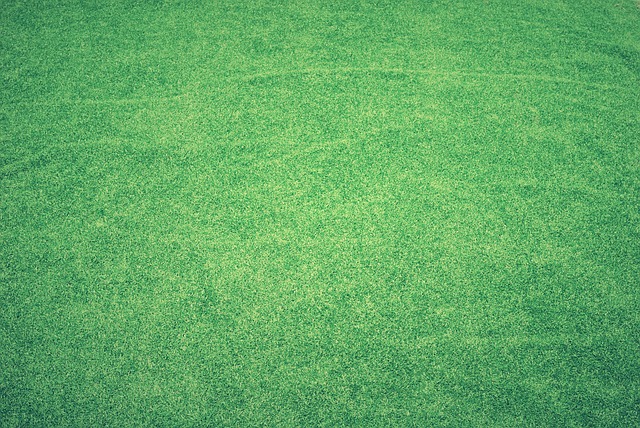
The evolution of artificial lawn design has come a long way since its inception, driven by advancements in technology and an increasing demand for low-maintenance outdoor spaces. Initially, artificial grass was a simple concept, focusing on replicating the appearance of natural grass with synthetic fibers. However, as time progressed, designers and manufacturers began to explore new materials and techniques to enhance durability, realism, and performance. Today, high-quality artificial lawn design involves intricate fiber construction, advanced backing systems, and innovative infill materials that collectively contribute to a more natural and long-lasting turf.
Key materials play a significant role in the evolution of artificial lawn design. Polypropylene and nylon are commonly used as primary fibers due to their durability, colorfastness, and ability to withstand varying weather conditions. These fibers are meticulously crafted to mimic the look and feel of real grass blades, ensuring a realistic artificial lawn design. Moreover, advanced infill materials like silica sand or crushed rubber not only provide cushioning and reduce impact but also help to maintain turf integrity over time. Such materials have revolutionized artificial lawn design by addressing common issues like fading, shedding, and wear, making synthetic lawns more durable and aesthetically pleasing.
Benefits of Durable Artificial Grass for Different Applications
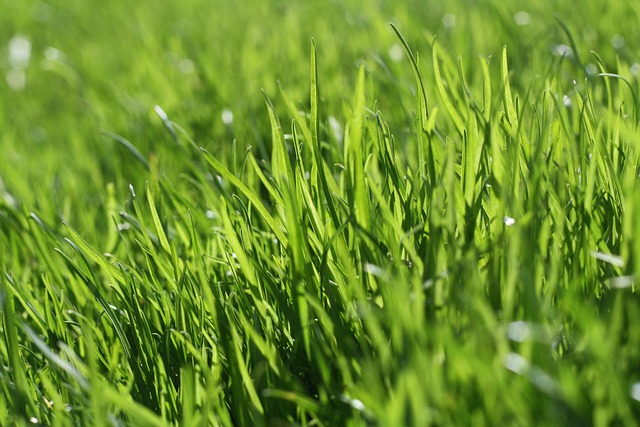
Durable artificial grass offers a multitude of benefits for various applications, making it a versatile and attractive option across different sectors. In landscapes and outdoor settings, this advanced technology provides a low-maintenance alternative to natural grass, ensuring lush and vibrant appearances throughout the year. Artificial lawn design can be tailored to suit specific needs, from residential backyards to commercial properties, offering a sustainable solution that conserves water and reduces the environmental impact associated with traditional landscaping.
For sports fields and playgrounds, durable artificial grass provides a safe and consistent playing surface. Its ability to withstand heavy usage while maintaining its integrity ensures optimal performance for athletes and children alike. Moreover, these synthetic lawns are designed to be slip-resistant, providing enhanced safety features that contribute to the overall well-being of users. The longevity and cost-effectiveness of durable artificial grass make it a practical choice for schools, sports clubs, and municipalities seeking high-quality, low-maintenance solutions for their recreational areas.
Creating Realistic Artificial Lawn Aesthetics: Techniques and Trends
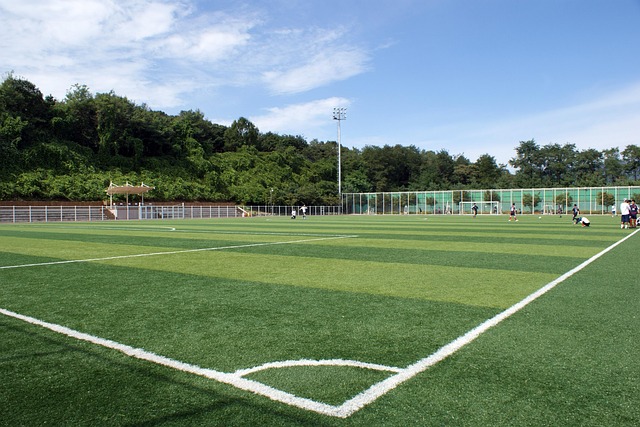
Creating realistic artificial lawn aesthetics has evolved significantly, driven by advancements in technology and a growing demand for low-maintenance outdoor spaces. Modern techniques focus on mimicking nature’s textures and colors to produce a visually appealing and durable product. Manufacturers use advanced fibers and backing systems that enable a more natural appearance, from the blades’ feel and flex to the overall lawn design.
Trends in artificial lawn design emphasize customization and versatility. Professionals now offer a wide range of blade heights, colors, and textures to suit various landscapes and personal preferences. From lush, green lawns perfect for family gatherings to more subtle, low-maintenance designs for commercial settings, the possibilities are endless. This adaptability ensures that artificial grass can enhance both residential and commercial spaces, providing an attractive, sustainable solution for outdoor areas.
Installation and Maintenance Tips for Longevity of Artificial Lawns
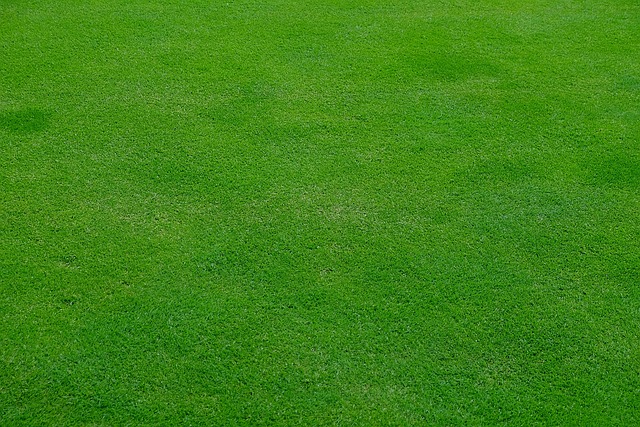
When installing an artificial lawn, proper preparation is key. Start by ensuring a level and compacted base to provide a sturdy foundation. Follow manufacturer guidelines for optimal placement of the turf, taking into account drainage and shade exposure. A well-planned layout enhances both aesthetics and functionality. Regular maintenance is equally vital for longevity. Seasonal cleaning helps remove debris, while regular watering (even with artificial grass) prevents drying out and maintains flexibility. Gentle raking can also restore the lawn’s texture over time.
For added durability, consider a high-quality synthetic turf designed for heavy use. These grasses often feature advanced fiber technology that enhances resistance to fading and wear. Ongoing care includes spot cleaning stains promptly and trimming edges neatly. Avoiding excessive foot traffic in high-use areas can further preserve the lawn’s integrity. With proper installation and maintenance, your artificial lawn design can thrive for years, offering a lush green space with minimal upkeep.
Case Studies: Successful Implementation of Durable Artificial Grass
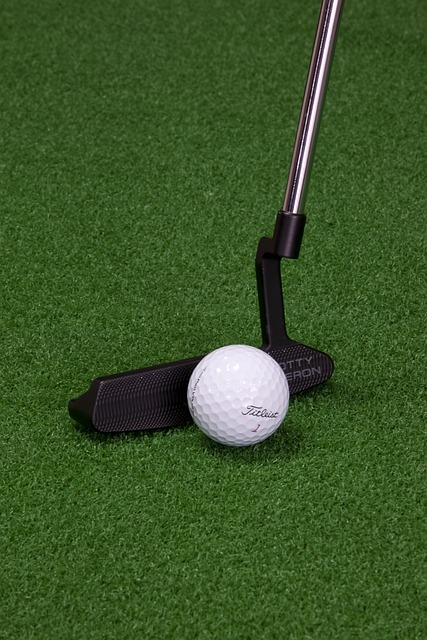
In recent years, numerous case studies have highlighted successful implementations of durable and realistic artificial grass, showcasing its versatility across various landscapes. These projects range from commercial venues to residential properties, demonstrating that well-designed artificial lawn can mimic nature’s beauty while offering significant advantages in terms of maintenance and sustainability. For instance, a high-end restaurant in a bustling metropolitan area opted for an artificial grass solution to create an outdoor dining area that appears lush and vibrant year-round, without the need for frequent watering or weeding.
Another notable example involves a sports complex that replaced traditional grass fields with durable artificial turf. This implementation not only reduced the facility’s water consumption but also provided a consistent playing surface, enhancing the overall experience for athletes and visitors alike. These case studies underscore the effectiveness of modern artificial lawn design in achieving both aesthetic appeal and functional benefits, making it an increasingly popular choice for forward-thinking property owners and managers.
Durable and realistic artificial grass has evolved significantly, offering a wide range of benefits across various applications. From enhancing outdoor spaces to providing low-maintenance solutions, these innovative products have transformed how we think about lawns. By understanding the evolution of artificial lawn design, exploring materials, and adopting proper installation and maintenance practices, it’s possible to create vibrant, long-lasting synthetic lawns. The case studies presented in this article serve as compelling examples of successful implementations, highlighting the versatility and longevity of modern artificial grass technologies.
